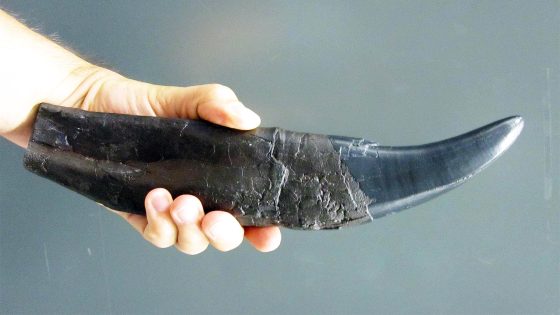Scientists have recently unlocked a fascinating phenomenon where frozen discs of ice can self-propel across a patterned metal surface. This breakthrough, detailed in a new paper published in the journal ACS Applied Materials and Interfaces, showcases innovative research from the Virginia Tech lab led by mechanical engineer Jonathan Boreyko.
- Frozen ice discs can self-propel on metal.
- Breakthrough from Virginia Tech lab research.
- Three-phase Leidenfrost effect demonstrated with ice.
- Higher temperature needed for ice levitation.
- Ice improves efficiency in cooling applications.
- Potential uses in nuclear and firefighting sectors.
The study builds on Boreyko’s earlier work demonstrating a three-phase Leidenfrost effect involving water vapor, liquid water, and ice. This effect allows drops of water to levitate and glide across a hot surface, but achieving this with ice requires significantly higher temperatures. When ice is placed on a heated aluminum surface, it can only levitate at temperatures above 550° Celsius (1,022° F), a stark contrast to the 400° F needed for liquid water.
This discovery raises intriguing questions about the applications of this technology. Why is it that ice can suppress the Leidenfrost effect even at extreme temperatures? The implications are vast, particularly for industries requiring rapid cooling methods.
- Ice can maintain a temperature differential that allows for unique cooling properties.
- This method could improve cooling efficiency in nuclear power plants.
- Using ice over liquid droplets may enhance firefighting techniques.
- Applications could extend to metal shaping processes requiring rapid heat quenching.
As scientists continue to explore these phenomena, the future may hold exciting advancements in thermal management and cooling technologies, paving the way for safer and more efficient industrial processes.
































